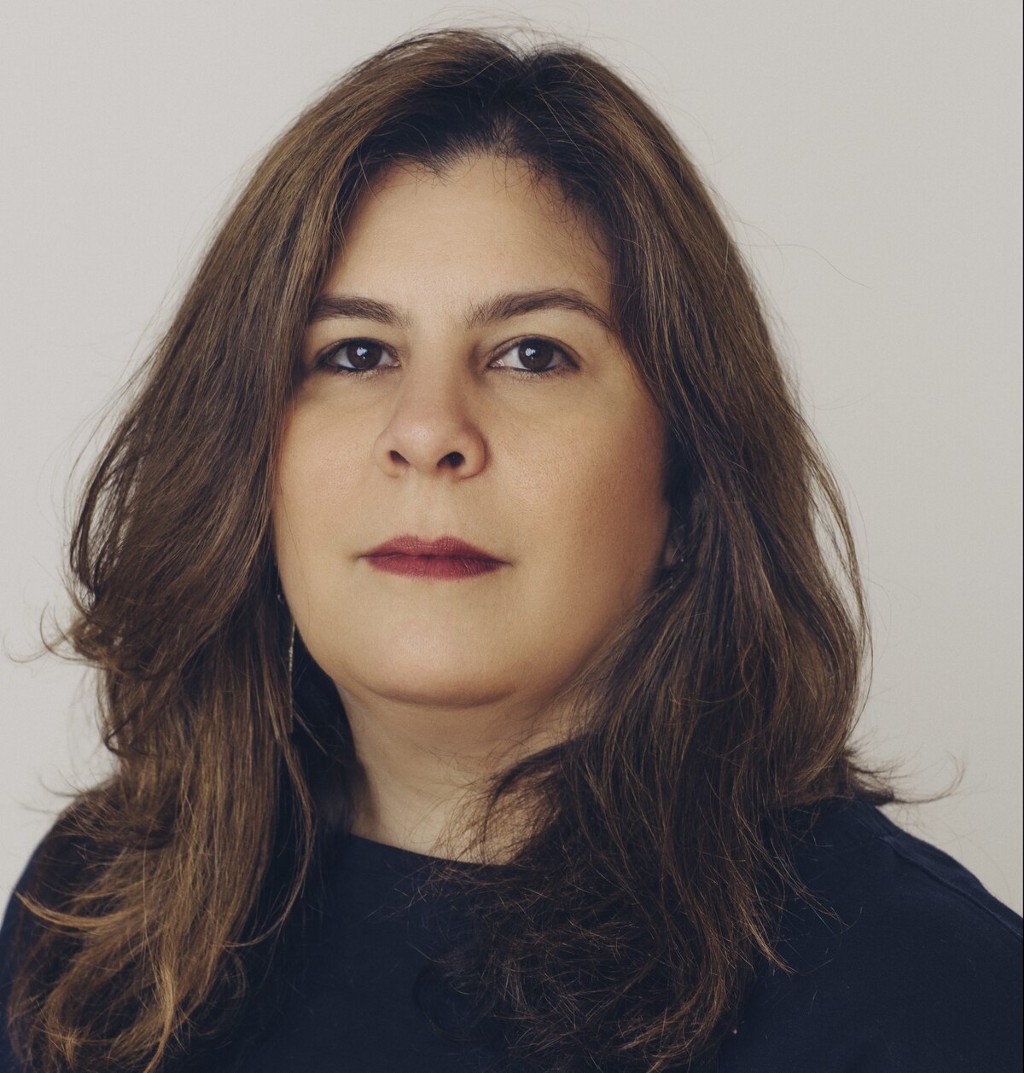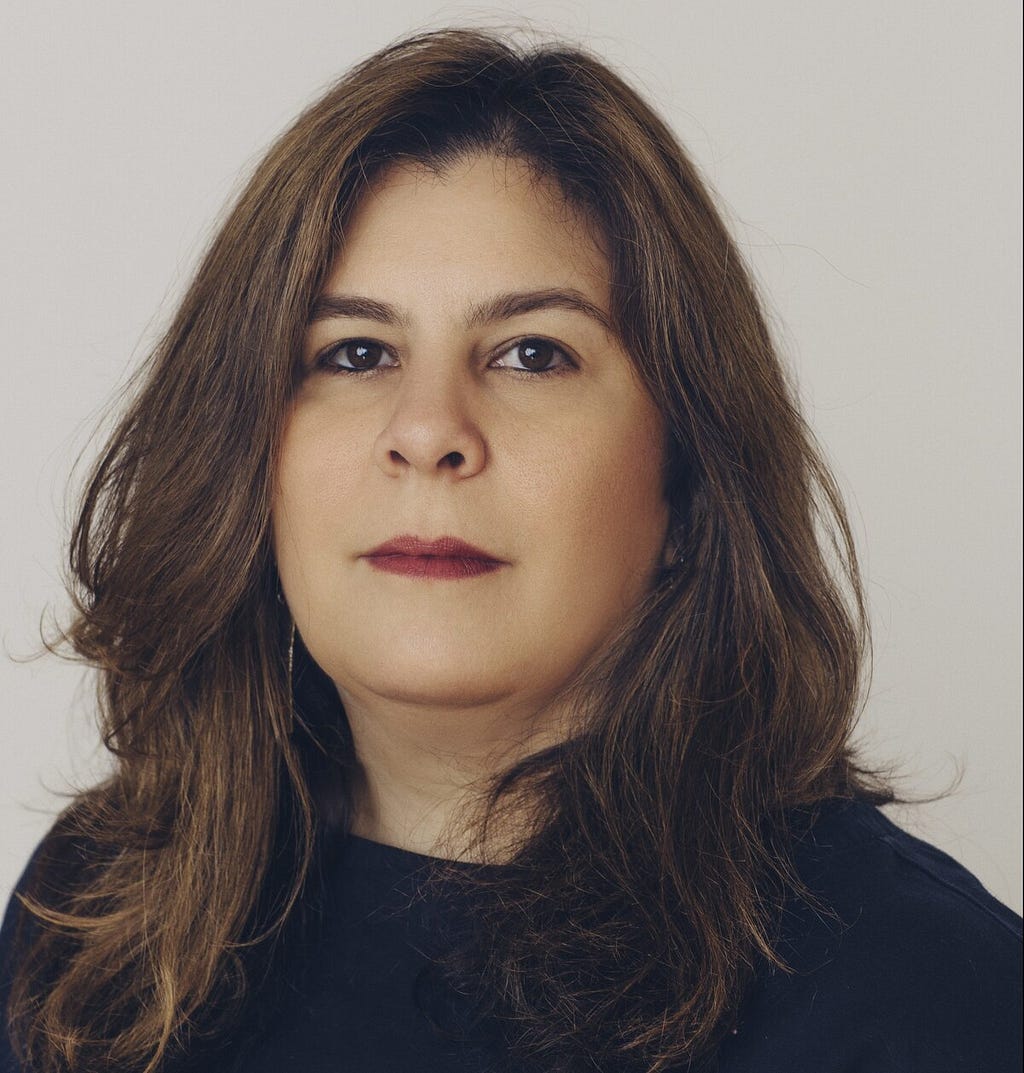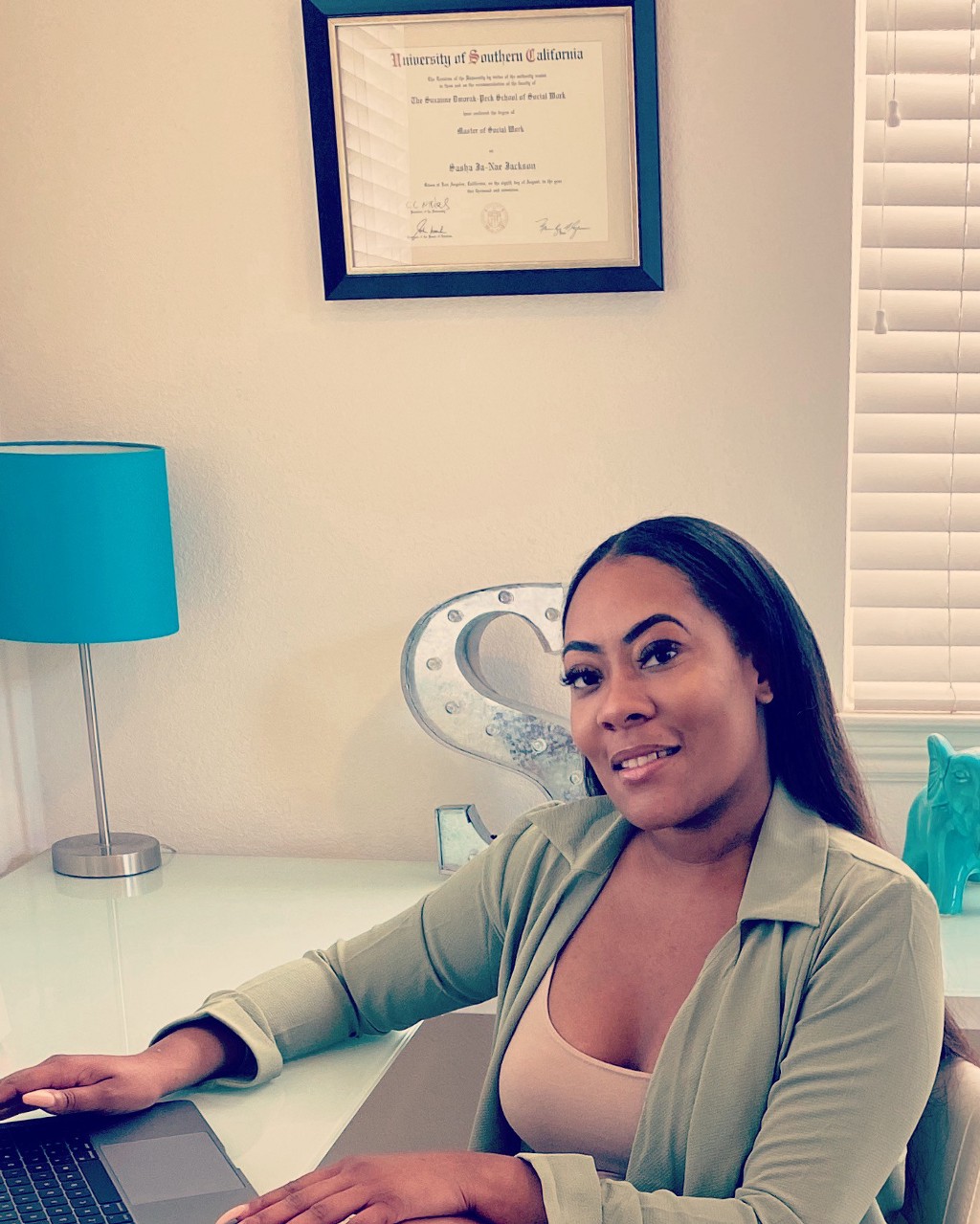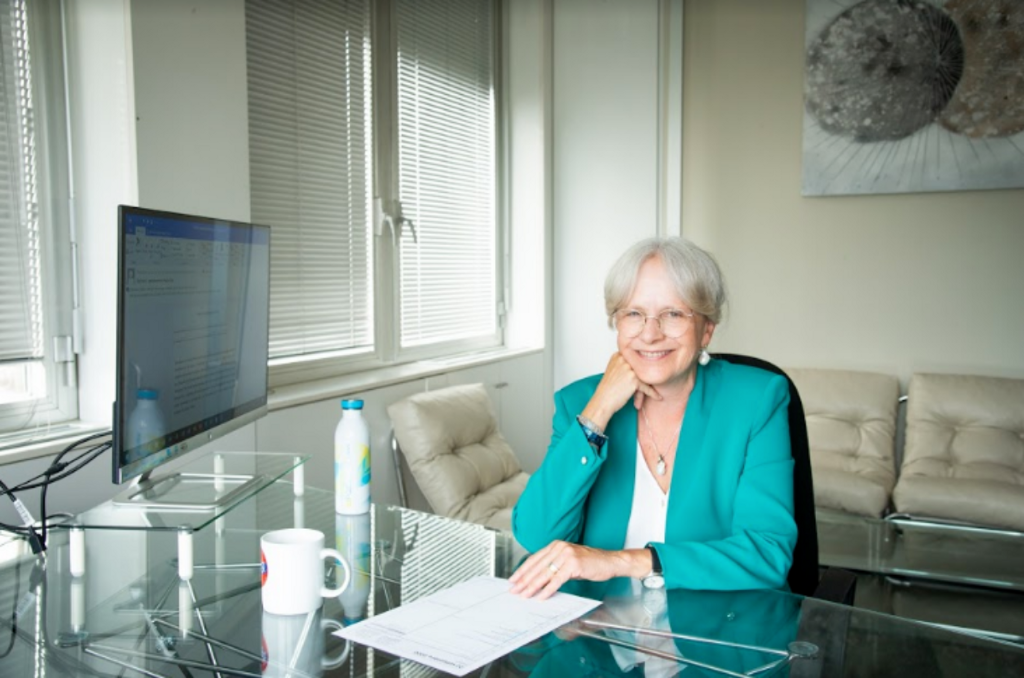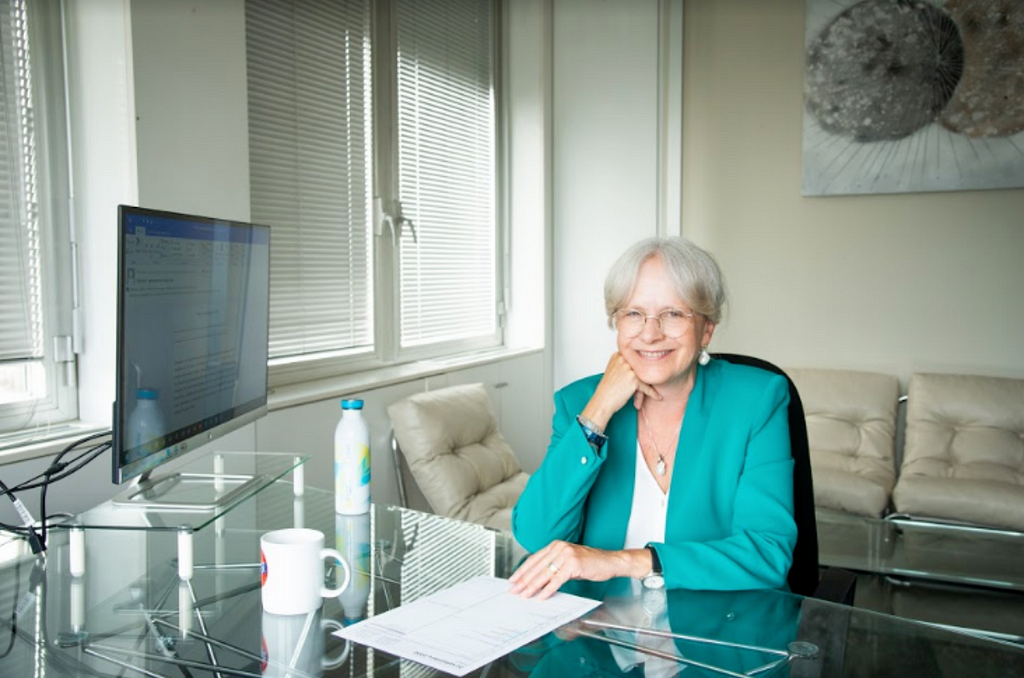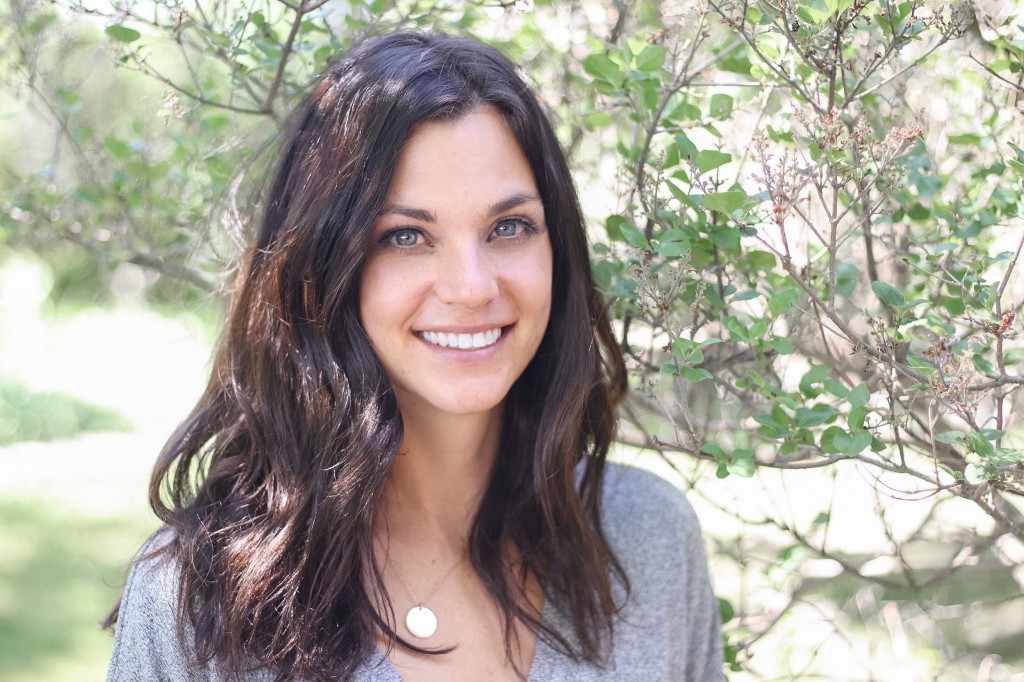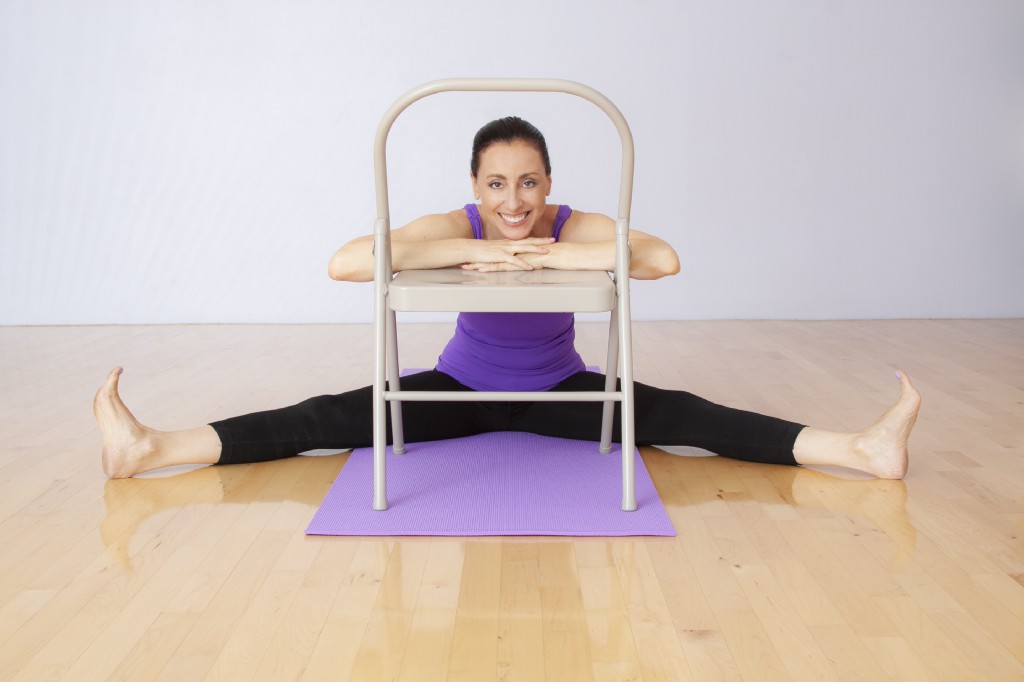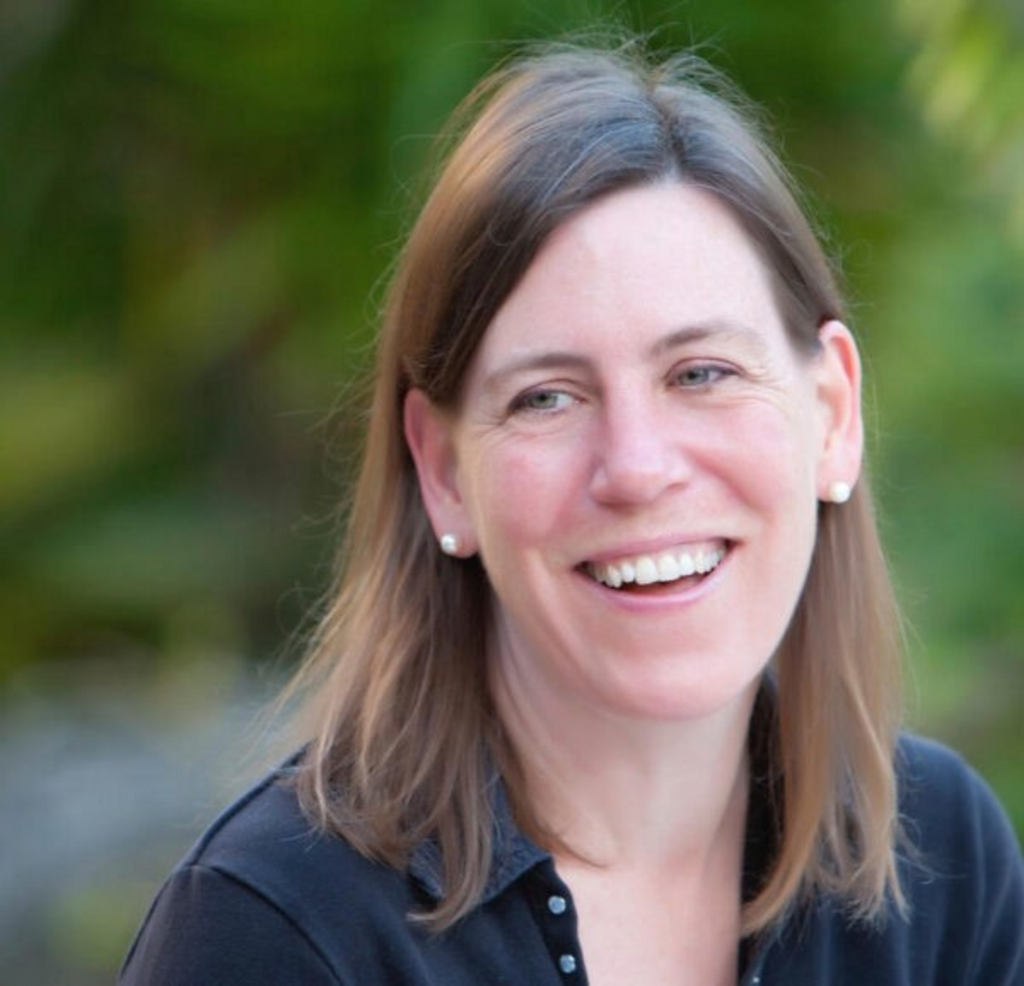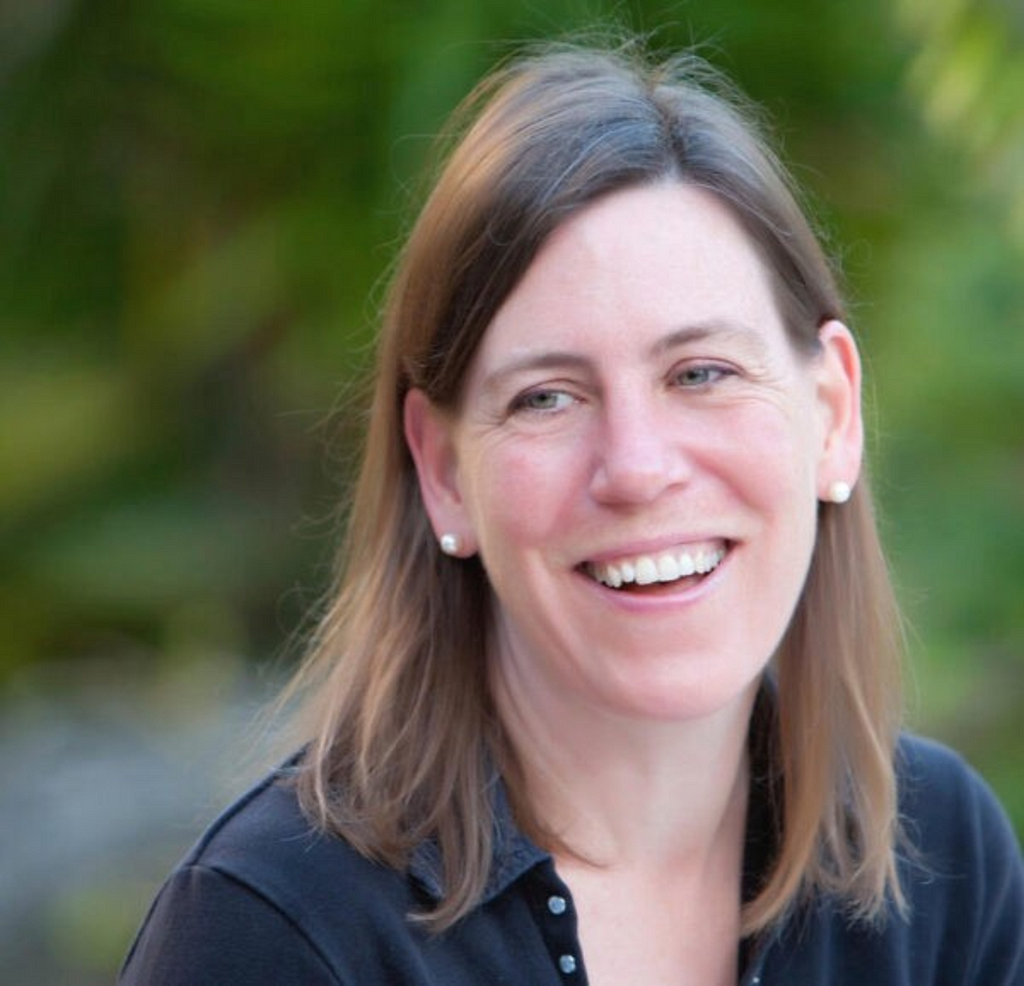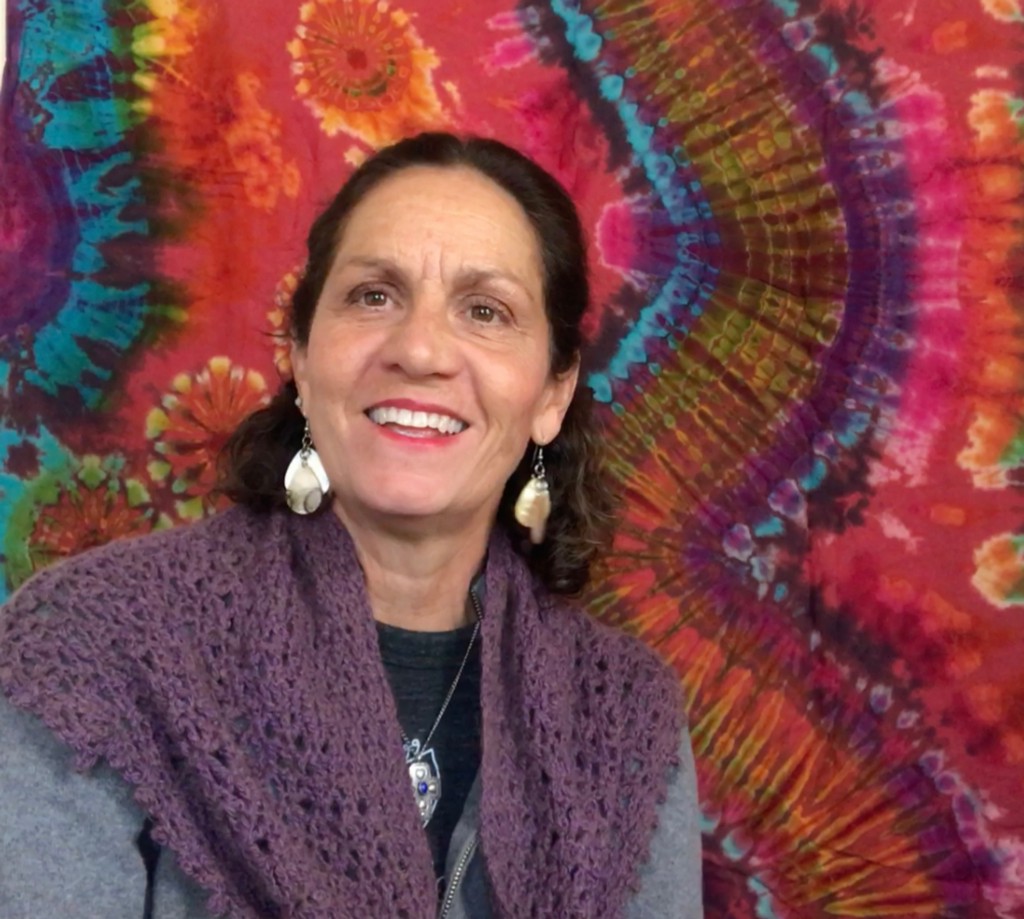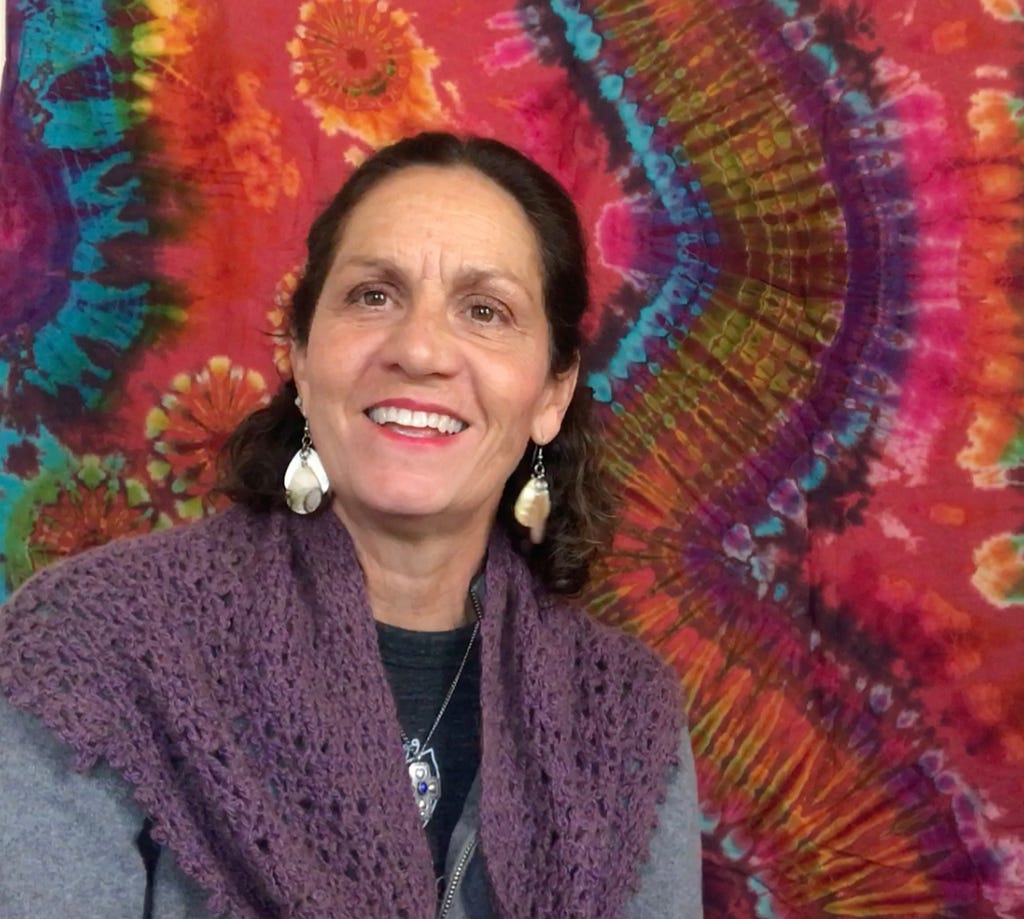
The world will go touchless. Billing systems, front desk activities, bellhop and valet services, dining and public bathroom will all be touchless. There are already enough devices on the market to open doors and stalls, flush, wash, soap and dry, a completely touchless bathroom experience. I explain to a restaurant owner that her bathroom experience might soon seem “icky” when the other restaurants in town install their touchless fixtures.
As part of my series about “developments in the travel industry over the next five years”, I had the pleasure of interviewing Scott Milne.
Scott Milne is the sole owner and operator of Rocky Mountain Efficiency Group, He is the Author of the book Win the War on Covid-19 and the founder of the Elite Room hotel room disinfection and luxury upgrade program. Scott is certified by three of the Nation’s leading authorities of building energy inspection; BPI, RESNET, LEED, as well as being educated by NORMI the premier Air Quality educational organization. Scott serves as; an Facility Efficiency and Air Quality Consultant, successful solar consultant, energy auditor and an energy technologist. He is the editor of the popular “Efficiency Matters” blog, and the founder of the Denver Lodging Engineers Association. Scott is also a skilled public speaker and educator. He has been featured as a key-note speaker in large paid events and has organized free public Conservation Expos.
Thank you so much for joining us! Can you tell us a story about what brought you to this specific career path?
I never imagined that I would be spending my days attempting to create strategy that would save American lives. I guess things have come full circle as I had my first taste of helping people in trouble as a lifeguard on the Ocean City NJ Beach Patrol. After working as a home energy auditor and a home solar consultant I had decided that my skills and effort to reduce global warming impact led me directly to large facilities, specifically those where people sleep. Facilities like hotels, resorts, senior living, apartments and condominiums, consume enormous resources, but must maintain excellent customer services and comfort. My efficiency services and consulting specialty focused on installations that would enhance facility services, and would improve customer experience rather than detract from it. These services include, Window Film, LED Lighting, EV Car Charging Stations, Touchless Fixtures, Advanced thermostats, Refrigeration and Air Conditioning Improvement as well as Air Quality. When Covid-19 broke out my future was pre-determined, I must help individuals and facility operators understand how to manage contagion.
Can you share the most interesting story that happened to you since you started your career?
Years ago, I had received a call from the operator of a retirement community. He explained that the normal seasonal illness was causing County Heath Dept temporary floor restrictions to new residents, and that was costing them unwanted financial losses every year. The community engineer brough in 6 air purifiers with advanced disinfection features. The Problem was solved, forced closures from the Health Dept had stopped and these are the same machines that they are using to protect the facility from contagion today. I am delighted to report that that facility has not had a Covid-19 breakout.
Can you share a story about the funniest mistake you made when you were first starting? Can you tell us what lesson you learned from that?
Years ago, I had been awarded a job to replace the inefficient lighting within the entire the 47 story Sheraton Hotel building, including stairwells. I was determined to do a great job and was flying through the massive corridors clicking away with my palm counter. Then came the 4 stairwells, and no quality lighting consultant would guess at the type and quantity of fixtures within. So there I went, around and around and around, counting clicking and moving as fast as I could. Needless to say, about half way thru my head was spinning as fast as my stomach. That was a broken day.
Which tips would you recommend to your colleagues in your industry to help them to thrive and not “burn out”? Can you share a story about that?
What I find about my industry is that most of the companies will specialize in only one or two facility efficiency strategies. This is how most avoid becoming overwhelmed. I have however decided to specialize in multiple efficiency strategies and products to be able to help facility owners decide between many. It is not easy to research and maintain so many excellent options, but I am determined to be the consultant with full knowledge and a full tool bag. To those entering the industry it will be much easier to focus on a group of conservation remedies such as water conservation, refrigerating efficiency or lighting replacement.
None of us are able to achieve success without some help along the way. Is there a particular person who you are grateful towards who helped get you to where you are? Can you share a story?
Over a decade ago, I was serving as a home energy auditor, helping homeowners understand how save energy by properly sealing and insulating their homes. I wanted more! I knew that the greatest energy waste came from commercial buildings, but I knew they were not insulated like a house and thought that only lighting was the best way for them to save. I then met a man who is my mentor to this day, He introduced me to 4 advanced retrofit technologies for public facilities and the rest was history. It quickly dawned on me that it was not so much insulation that drives huge saving in these buildings but strategy, coupled with advanced retrofit equipment. These retrofit efficiency projects, are able to save so much energy or water in a building that they often pay for themselves with savings within a year. One of these aggressive strategies was about using equipment to generate the natural disinfectant Ozone, which brings higher levels of disinfection in laundry than soap and uses cold water. This is what opened my eyes to molecular destruction of harmful bacteria and virus and Air Quality Control.
Thank you for that. Let’s jump to the core of our discussion. Can you share with our readers about the innovations that you are bringing to the travel and hospitality industries?
Because of the Covid-19 Pandemic, the travel industry has been impacted immensely. Some research shows that the travel industry is down over 50% with hotel usage statistics considerably worse. American Virus fear is understandable, knowing that over 400,000 of our citizens have died and this illness has proven to impair some survivors permanently. Considering this, a hotelier must ask themselves, what (if anything) can make people feel safer in my hotel room than in their own home? This answer might come easily to a contagion expert, but that question has not been considered for 100 years, since the outbreak of the Spanish flu. I believe the answer is, that a hotel could layer advanced disinfection, and then describe with pride and in detail the methods used. My Elite Room Product is offered at the front desk as an option for an extra fee. The Elite Room description card, offed upon guest arrival, will describe the 10-step disinfection and luxury upgrades included in the package.
Which “pain point” are you trying to address by introducing this innovation?
The Elite Room was fully developed patented and completed in 2020, to assure fearful travelers that they can safely stay in a hotel room, that has been completely disinfected from virus. This fear has contributed to a major decline in hotel room usage. Our goal is to increase the protections and luxury amenities available in a hotel room, to ease the concern of infection and increase the enjoyment of the visit. This product however was developed well before the pandemic to reduce or eliminate a major concern that has been made worse by universal internet, Negative Reviews. Upset customers and bad reviews can severely impact the success of any business in a competitive industry, especially hotels. The Elite Room is sold to a hotel in a 10 or 20 room block. When properly offered at the front desk the room upgrade can serve as a customer service giveaway or a sincere apology for any lack of service. No reasonable guest could maintain a complaint after a room upgrade is offered.
How do you envision that this might disrupt the status quo?
Most hotels throughout the country have done an excellent job providing a clean, comfortable environment at a reasonable cost. However, because of the pandemic and a new fear of contagion hoteliers are finding that they must step up their game. Clean and comfortable are no longer nearly enough as guests are now learning about the risk, understanding disinfection, and seeking out resorts that somehow make them feel safer. This is what was considered in the development of the Elite Room. It provides for a fully disinfected, and a near hypoallergenic hotel room. It features ozone treatment, and a fogged botanical leave-on disinfectant between guests, as well as room air purifiers featuring negative ionization and UV sanitation. It also includes hypoallergenic insect protection bedding encasements and a hydrotherapy shower head that neutralizes chlorine and adds essential oils with a delightful scent. The upgrade includes specialized relaxing LED lighting with a dawn simulation alarm clock, along with a sealed amenity pack that includes naturally-based quality cosmetics, PPE-like gloves, personal hand sanitizer, k-95 masks, and a branded, satin sleep mask. For additional assurance, the package comes with a front desk UV sanitation lamp, as well as Elite Room door seals designed to be broken upon entry.
Once in place the program will ease the nerves of fearful guests, attract new guests looking for Elite Room protections and will ultimately be paid for by the guests that use it.
As you know, COVID19 changed the world as we know it. Can you share 5 examples of how travel and hospitality companies will be adjusting over the next five years to the new ways that consumers will prefer to travel?
I believe that you will see multiple changes within public facilities to decrease contagion risk. Hospitality, senior living and Cruse travel have been severely impacted by fear, which will not be easy to erase. I believe that as the population re-emerges many will make important choices based on personal safety. The following are highly visible suggestions will prevent the spread of contagion, and could or should be shared and marketed to perspective customers.
- Entry systems are fun low impact approach to facility protection and customer reassurance. Affordable devices hung by the front door to any building can take temperature from the palm, give a touchless squirt of sanitizer and verbally greet the guest. A more complex digital face-pad system can deliver temperature, recognize identity, confirm mask, control the door, communicate to the front desk and provide security.
- The world will go touchless. Billing systems, front desk activities, bellhop and valet services, dining and public bathroom will all be touchless. There are already enough devices on the market to open doors and stalls, flush, wash, soap and dry, a completely touchless bathroom experience. I explain to a restaurant owner that her bathroom experience might soon seem “icky” when the other restaurants in town install their touchless fixtures.
- Hotel owner operators must quickly understand and embrace advanced molecular disinfection strategy. These methods can bring protection to lobby’s, indoor dinning, meeting rooms, health clubs, pools, spas and locker rooms. These methods include UV-C light, negative ionization, photocatalytic oxidation (PCO) and Ozone. These strategies are affordable and are effective when used at the right times and in the proper combinations through out the facility.
- Facility design and traffic control. Some covid-19 protocol will become more permanent like plastic dividers and hand sanitizer stations everywhere. Designers and architects, are now also understanding the importance of social distancing and attempting to direct pedestrian traffic in a safer way. I use an example of extreme window modification in a restaurant in a way to dogmatically impact exterior ventilation, and to attract guests back to a newer, safer, indoor outdoor setting.
- Cleanliness Theatre: To impress concerned customers, hotels are beginning to use housekeeping differently. Rooms are no longer disturbed if the guest stay is longer than one night. Instead the housekeeping staff is being used to clean public areas visibly in front of guests.
You are a “travel insider”. How would you describe your “perfect vacation experience”?
I mostly enjoy traveling by plane to tropical destinations with a beautiful beach and a rich history.
For this reason, I have become a Mexican Resident Alien and do work with the resorts in the Yucatan Peninsula. Since the outbreak I have been enjoying motorcycling through the Rocky Mountains and surrounding states searching for the worlds best camping, hot springs, waterfalls and mountain lakes.
Can you share with our readers how have you used your success to bring goodness to the world?
I am not sure that I purposely selected an industry that can help our planet and those that occupy it. I truly believe however that efficiency for our commercial facilities will go a long way to reduce the heat trapping emissions that lead to global warming. I feel that I owe it to others, my beautiful kids and our wonderful planet to do my part. Now we have a novel murderous pandemic ripping thru the American population, and very few seem to understand the mechanical means by which to kill it. So, I have written my book and emersed myself in everything related to public facility contagion control and facility defense.
You are a person of great influence. If you could start a movement that would bring the most amount of good to the most amount of people, what would that be? You never know what your idea can trigger. 🙂
There is currently no US association that I know of to advance the research and development and public awareness of advanced molecular disinfection. Specifically, the amazing naturally sanitizing and easy to make Ozone O3, and Photocatalytic Oxidation (PCO) which creates the unnoticeable molecular element H2O2. (hydrogen peroxide).
How can our readers follow you on social media?
www.Linkedin.com/in/RMEfficiency
This was very inspiring. Thank you so much for joining us!
Scott W Milne of Rocky Mountain Efficiency Group: “Why the world will go touchless” was originally published in Authority Magazine on Medium, where people are continuing the conversation by highlighting and responding to this story.


